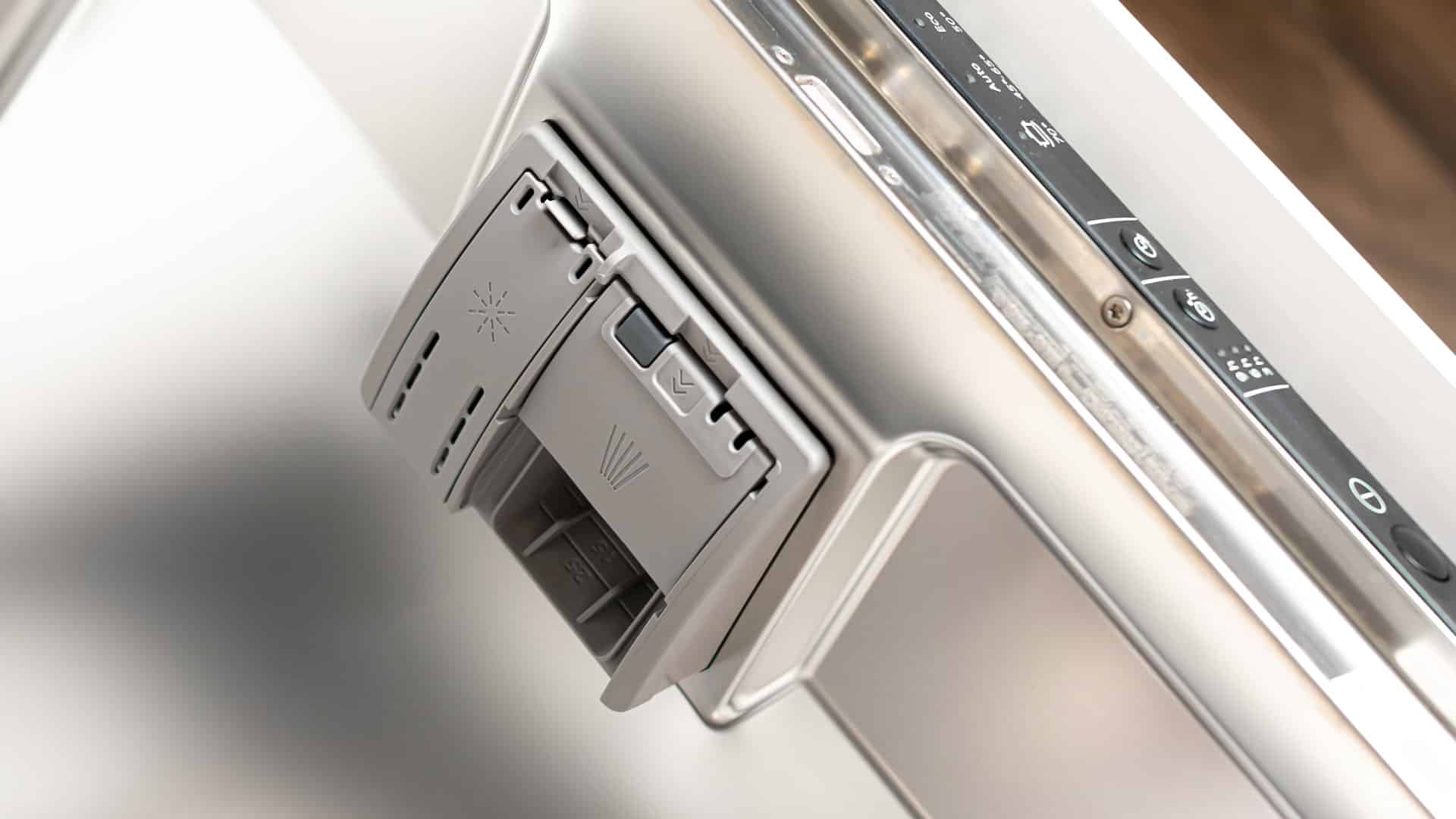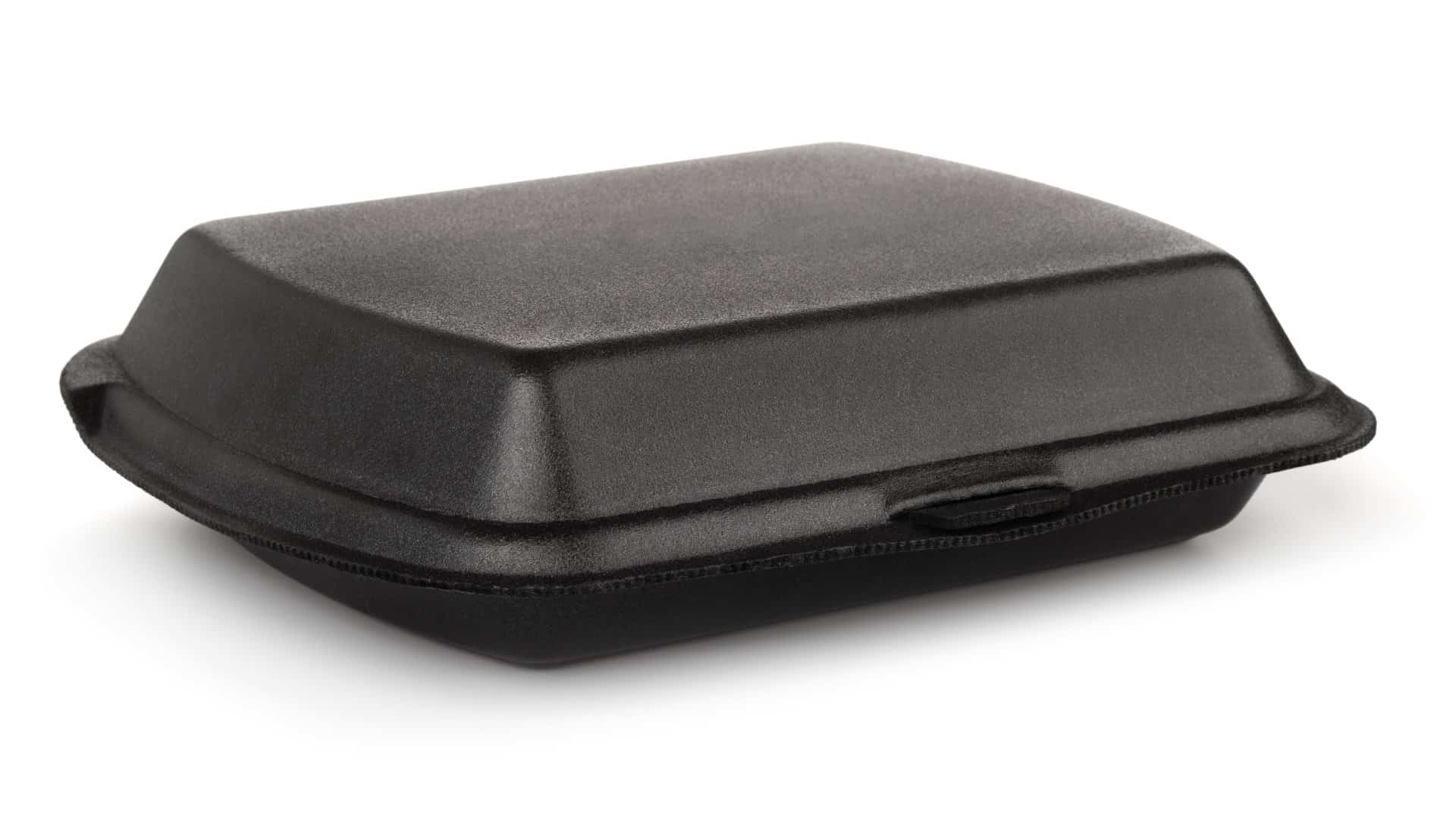
Microwaves are incredibly versatile appliances, but they do have some limitations! We all know not to put metal in the microwave, but what about styrofoam? Is it safe, or even possible to put it in the microwave? Below, we take a look at the science behind how microwaves interact with styrofoam and find out whether you can put it in the microwave. Let’s dive in!
What is styrofoam?
First up, what is styrofoam? We all know the white, lightweight material, commonly used for disposable plates and cups, but what is it actually made of?
Styrofoam is a trademarked name for a specific type of polystyrene foam, but in the United States, it has become common to use the term ‘Styrofoam’ to refer to all polystyrene. Polystyrene is a polymer made from styrene, which is derived from petroleum.
It’s made by expanding polystyrene granules and beads with gas bubbles until they are many times their original size. In fact, styrofoam and other polystyrenes are made of 98% air! That makes polystyrene plates and cups very well insulated, which is why you don’t burn your hand when you’ve got piping hot coffee in a styrofoam cup.
Although there are some environmental concerns around styrofoam, due to the fact that it is non-biodegradable, it remains a popular and versatile material with a huge range of uses.
How do microwaves work?
To fully understand how styrofoam is affected by being in the microwave, you need to understand a little bit about how microwaves work.
When the microwave is turned on, electricity flows to the magnetron. This is a type of vacuum tube that turns the electricity into microwave radiation.
The magnetron emits microwaves, which heat food through dielectric heating. This stimulates water and fat molecules in food to generate heat.
To evenly disperse the microwaves, a fan runs while the microwave is on, evenly distributing the energy throughout the microwave cavity.
The microwaves penetrate the food and are absorbed by water molecules, producing heat. This cooks or heats the food from the inside out. It is far quicker than other cooking methods, which heat from the outside in.
The intensity of the microwave radiation varies based on the power settings you choose on your microwave control pad.
What are the risks associated with microwaving styrofoam?
Due to the chemical structure of styrofoam and the way microwaves work, there are several risks associated with putting styrofoam in the microwave. These include:
Melting
Although microwaves contain fans to disperse the microwaves, they don’t always heat your food evenly. This uneven heating can lead to hot spots, which can melt or warp a styrofoam container when it’s in the microwave. If your food comes in contact with melted styrofoam particles, it will be contaminated and unsafe to eat.
Chemical leaching
Even if your styrofoam cup or plate appears to be intact, without any signs of melting or warping, that doesn’t mean it’s safe. Heat causes styrofoam to break down when heated, which can lead to compounds within the styrofoam, including styrene and other toxic chemicals, to leach into your food or drink. Repeatedly consuming these chemicals can have serious health effects, especially since styrene has been identified as a carcinogen.
Fire risk
Due to being made of petroleum, styrofoam is highly flammable. If a styrofoam cup, plate, or container is microwaved for long enough, it can not only begin to melt, it can catch on fire. This can lead to your entire microwave catching fire—definitely not good!
Environmental concerns
Although styrofoam is generally regarded as a single-use material, some people wipe down and reuse styrofoam plates or rinse out styrofoam cups. Putting them in the microwave will damage these containers and make them unable to be reused, contributing to pollution and landfill.
Is it safe to put styrofoam in the microwave?
We’ve talked about the risks, but is it ever safe to put styrofoam in the microwave? Although research does show that heating polystyrene may cause chemicals to leach out of the foam and into your food, some styrofoam containers are FDA-approved as being microwave-safe. Look for a symbol on the packaging of your styrofoam container—if it shows a microwave image with wavy lines then the product has been approved as being microwave-safe.
What are some alternatives to styrofoam?
Even with FDA-approved styrofoam containers available, some people may prefer to avoid microwaving any styrofoam products just to be on the safe side. Here are some risk-free alternatives to using polystyrene products:
Microwave-safe glass
Glass is probably the best, safest option for heating food in the microwave. It heats food evenly, is reusable, and best of all is completely inert, meaning it won’t leach any chemicals into your food. There are even glass microwave containers available that come with vented lids to allow steam to escape when microwaving.
Ceramic containers
Microwave-safe ceramics are also a great choice for heating your food up—just make sure you confirm that they are microwave-safe! Some ceramic bowls and dishes have metal trim or are prone to cracking in the microwave, so look for that microwave-safe symbol before using them.
Food-grade silicone
Silicone containers are popular for use in the microwave for two great reasons: they’re food-safe and they don’t get too hot to handle. They can also be reused multiple times, which reduces waste.
Paper plates
If you’re set on a disposable alternative for styrofoam, try paper plates and cups. Most are safe to use in the microwave, although they can become soggy if used with foods that have a high moisture content. Check for the microwave-safe symbol on the packaging before you put them in the microwave.
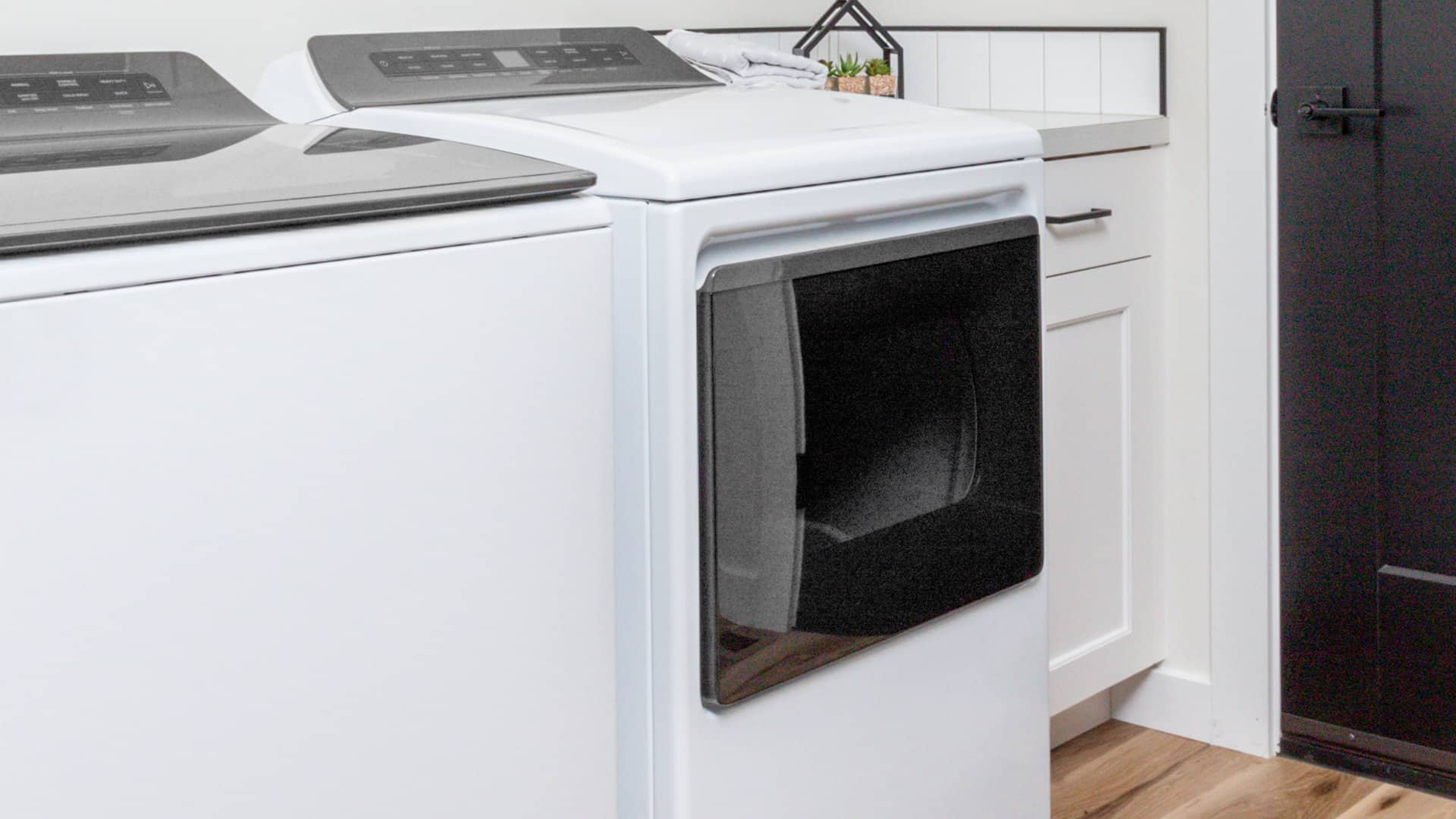
How To Fix a Whirlpool Washer F20 Error Code
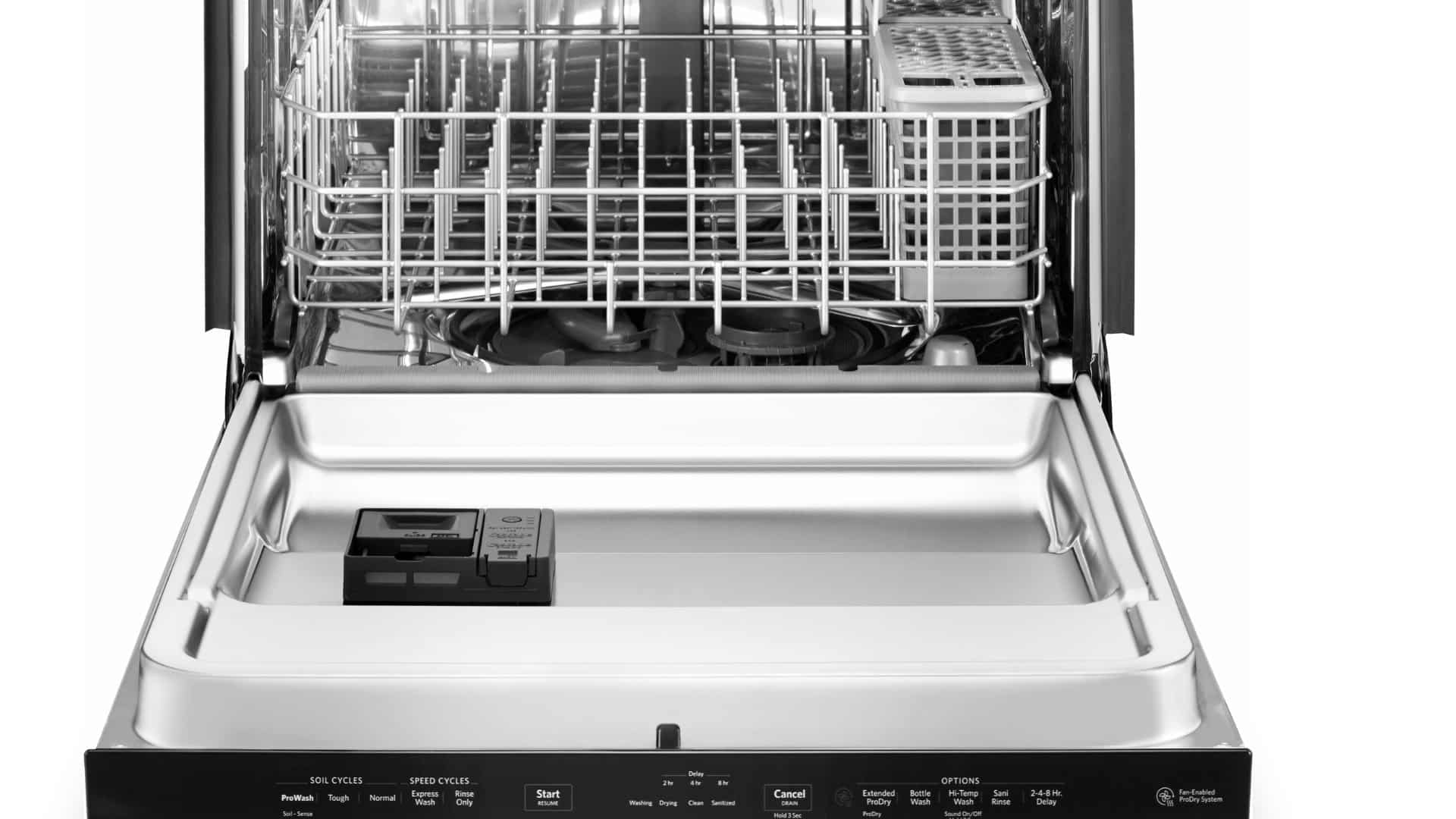
How to Fix a Dishwasher Not Getting Water: The Ultimate Guide
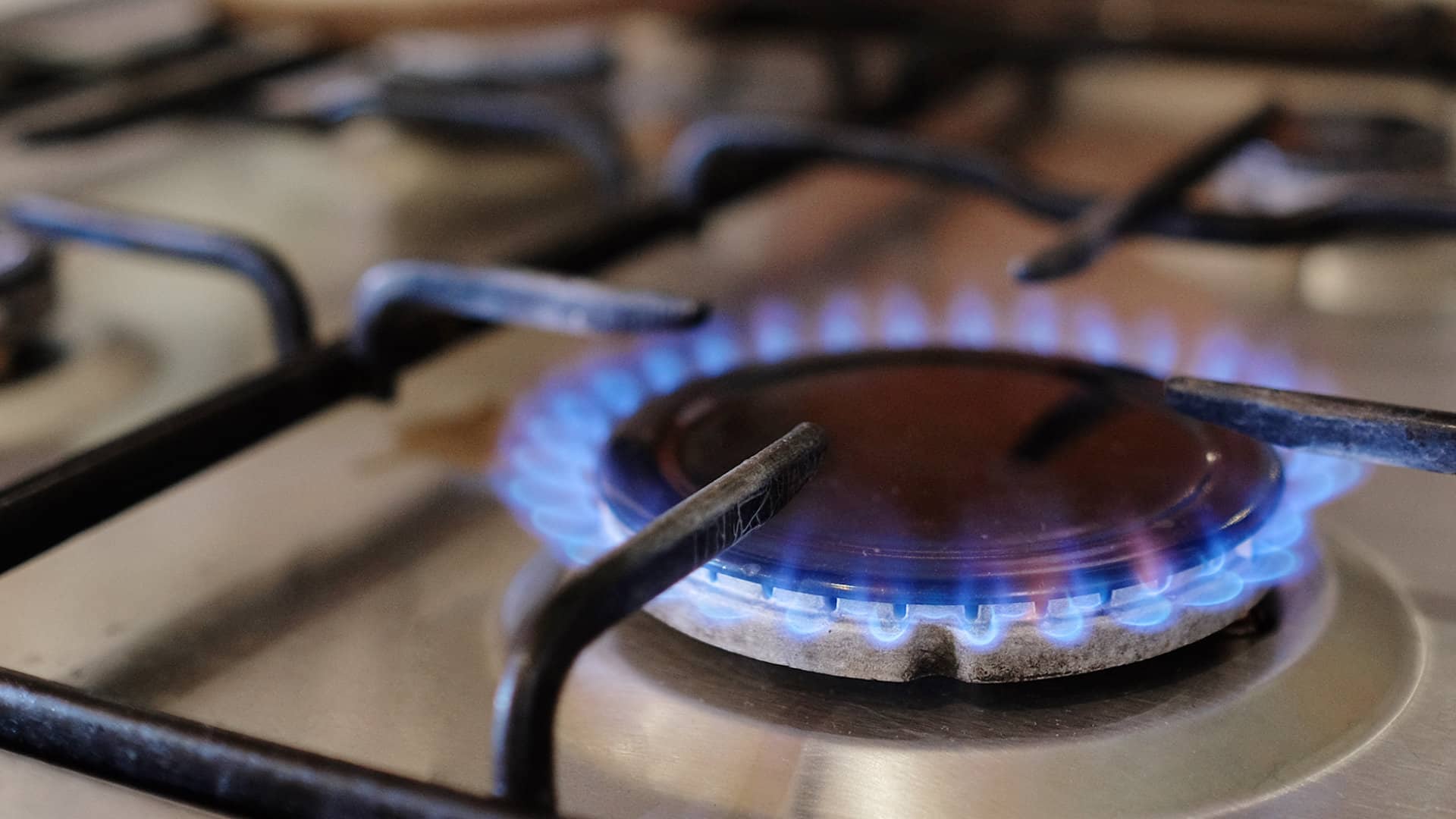
How to Solve the Frigidaire Stove F10 Error Code
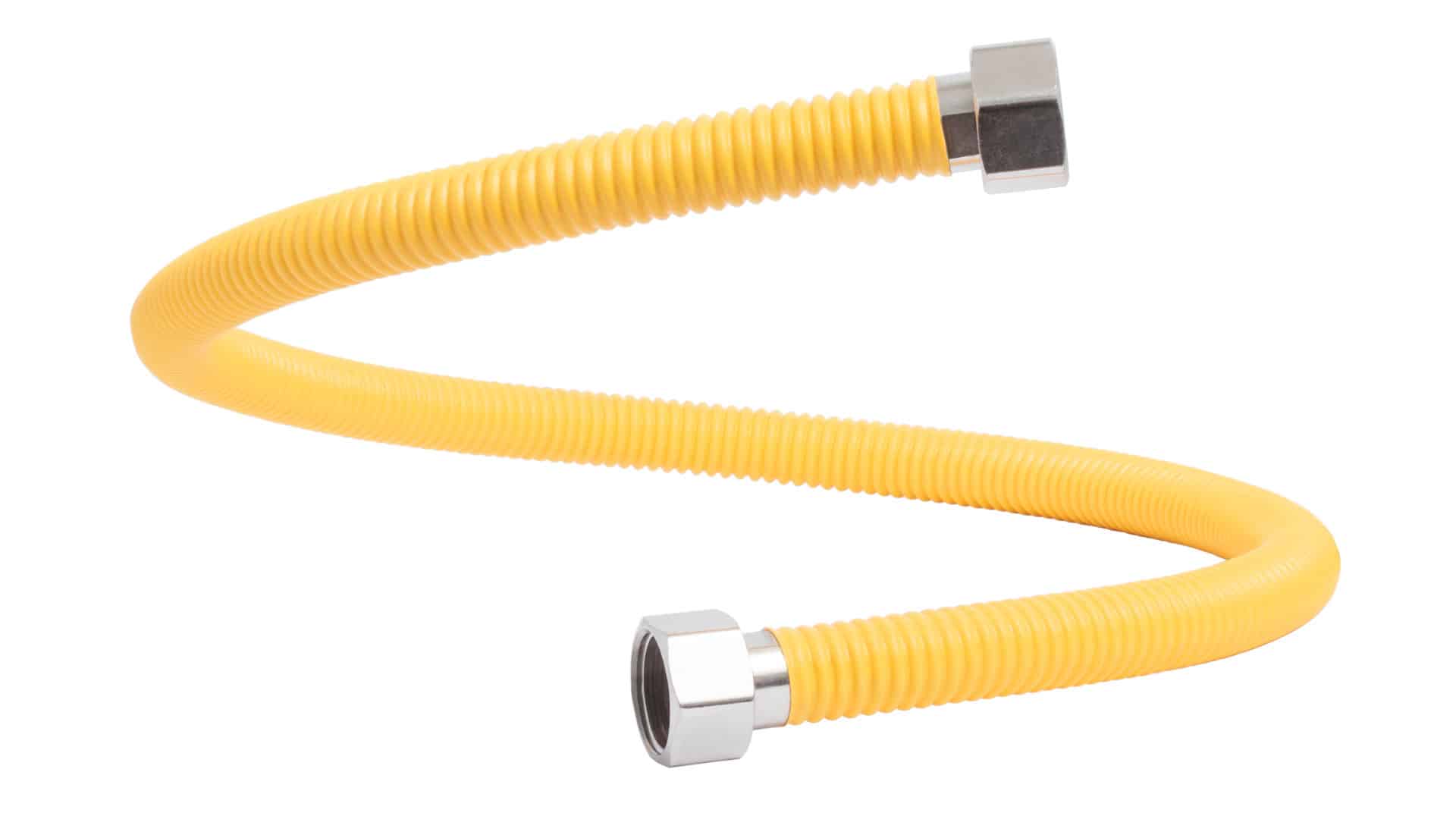
How to Hook up a Gas Dryer
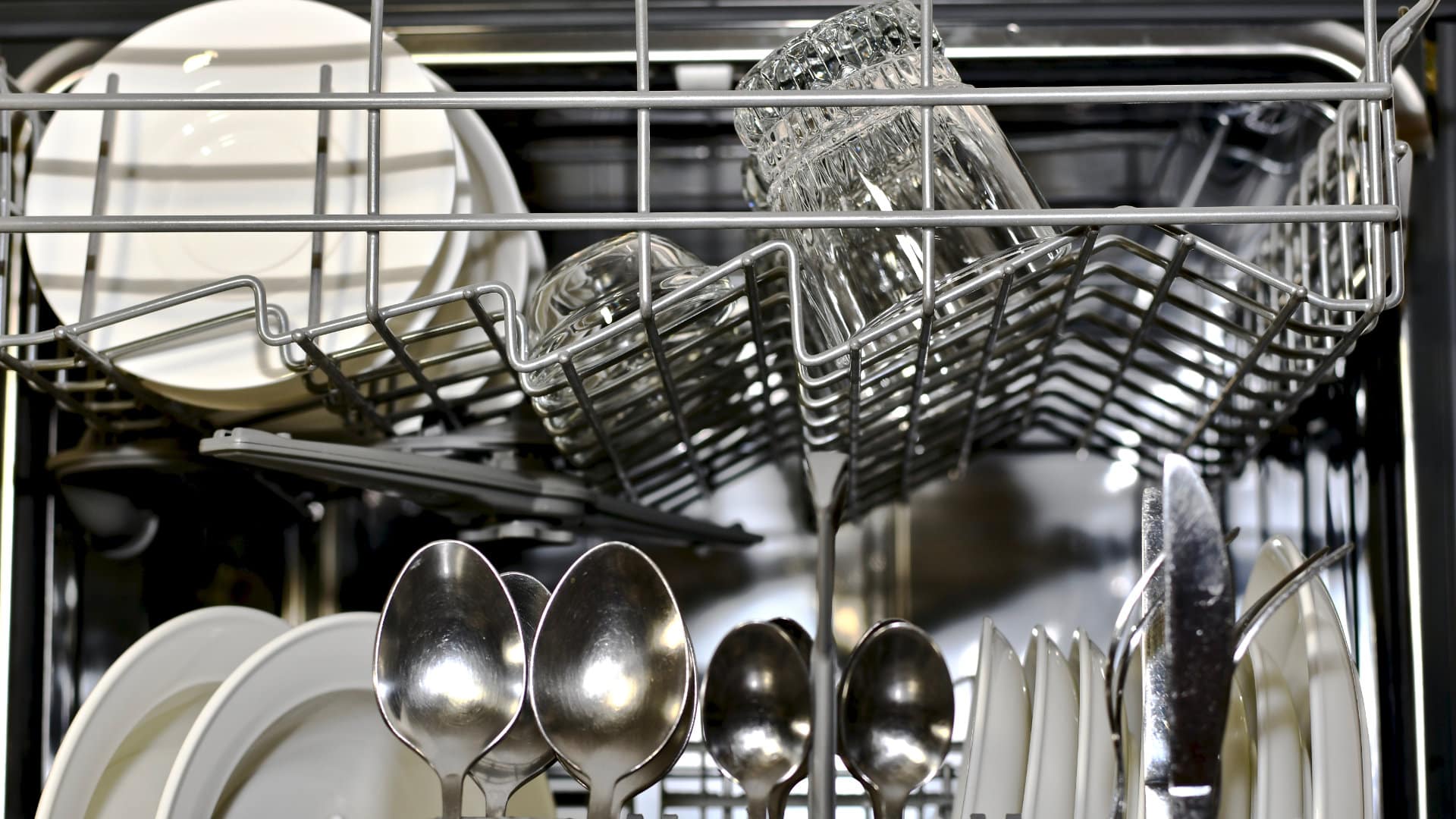
Dishwasher Not Cleaning Top Rack? How to Fix It
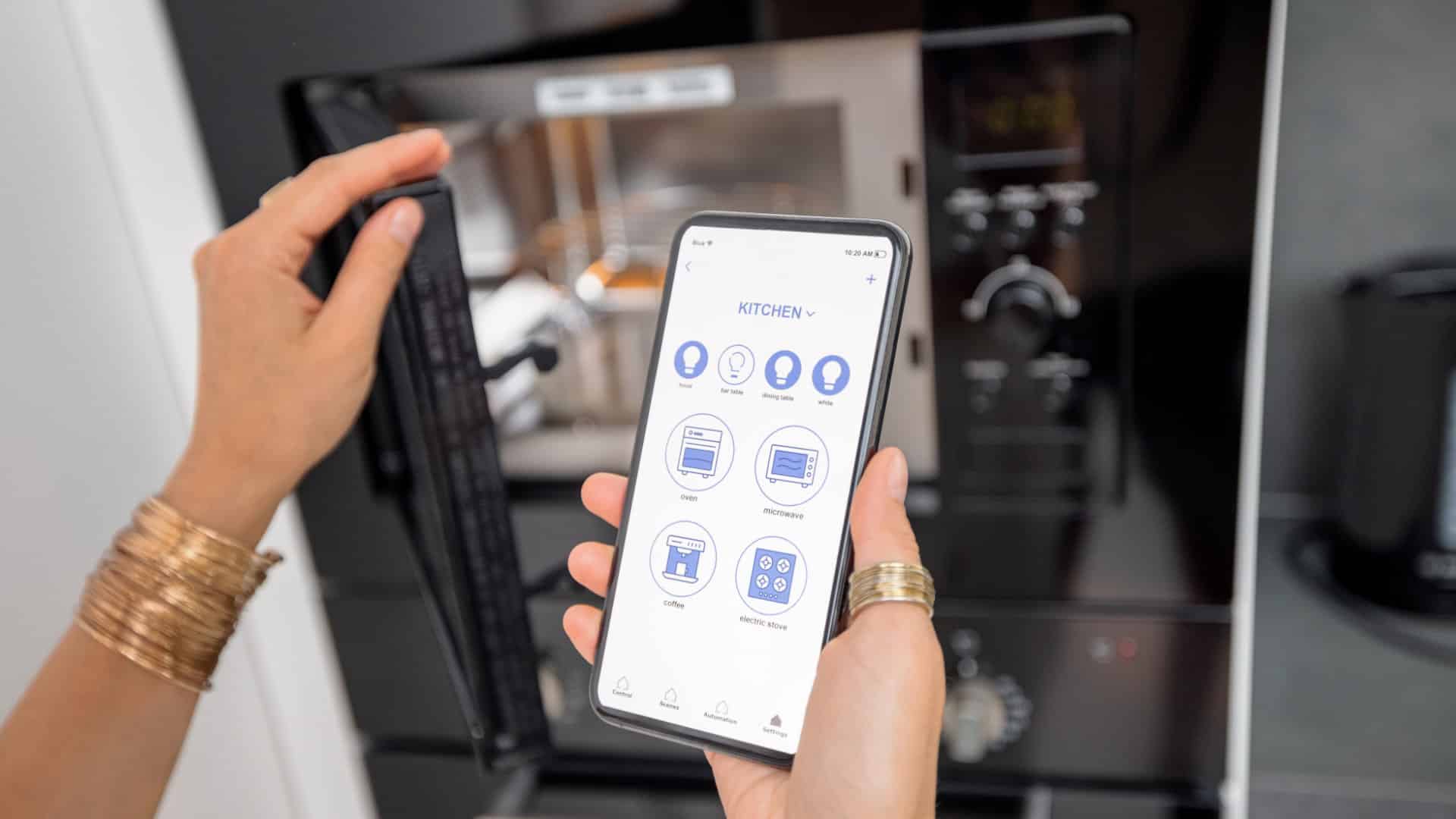
Why Your Microwave Is Making Weird Noises
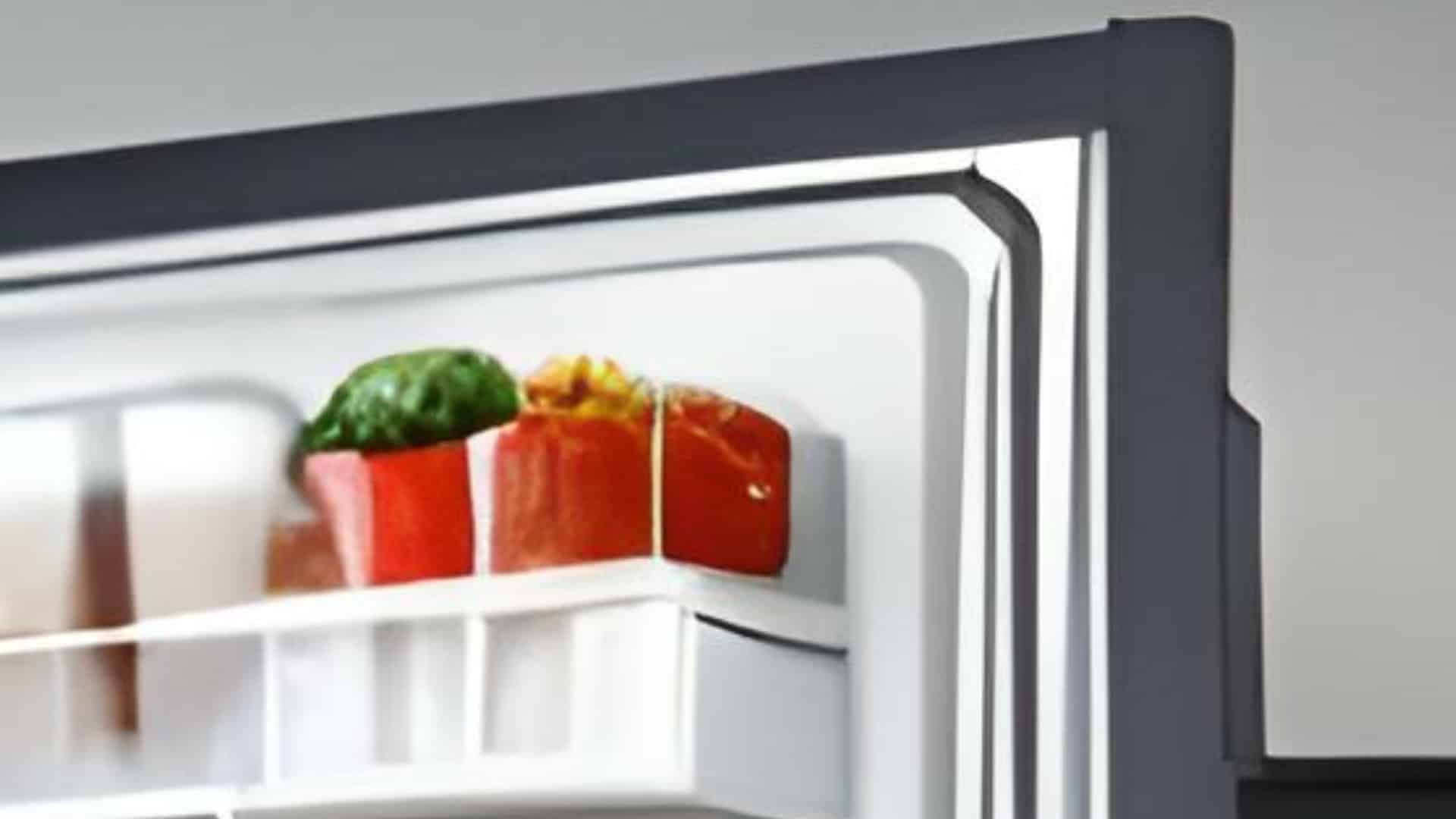
How to Replace a Refrigerator Door Seal

Can You Put Styrofoam in the Microwave?
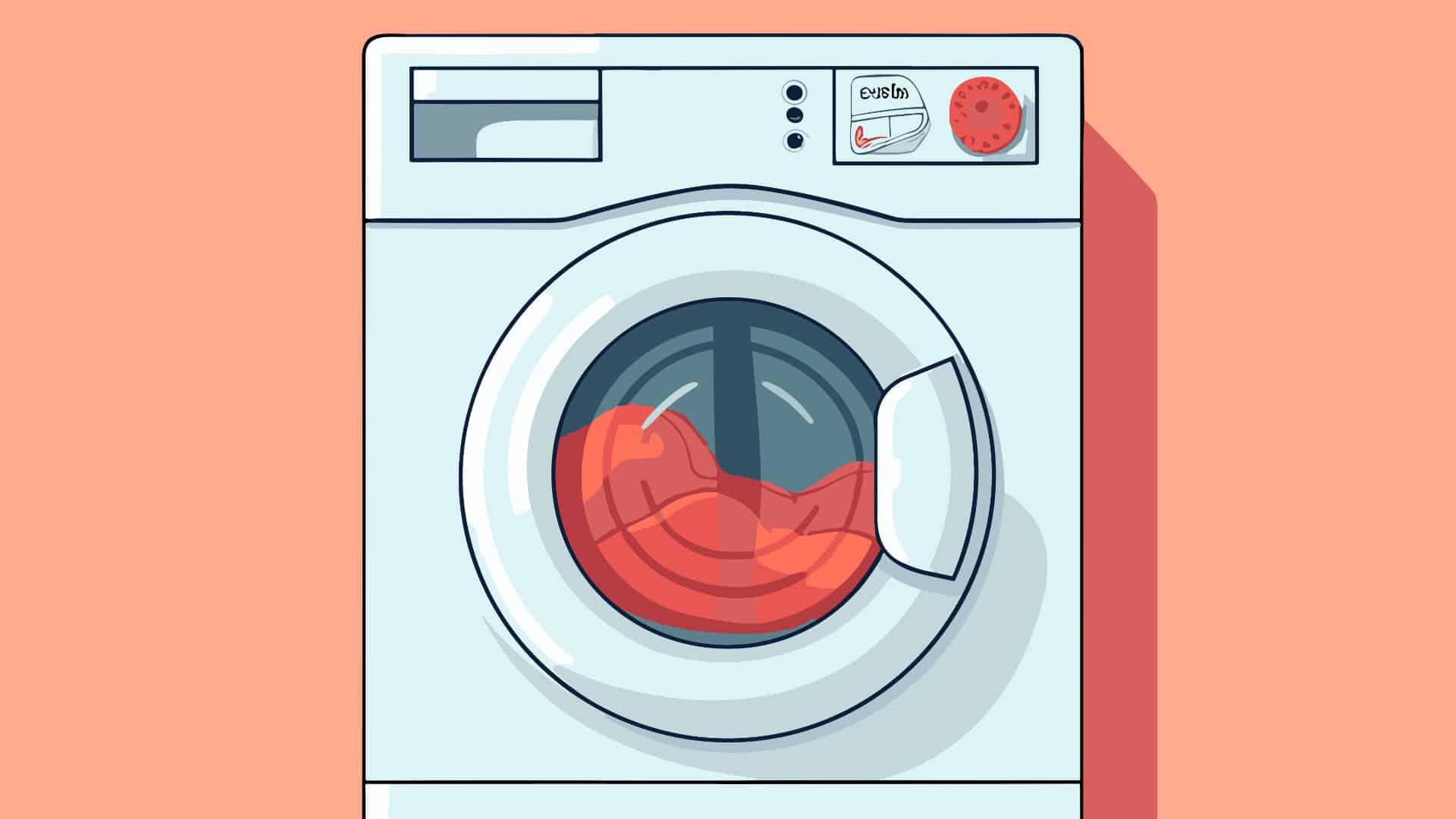
How to Resolve Whirlpool Washer E1/F9 Error Codes
